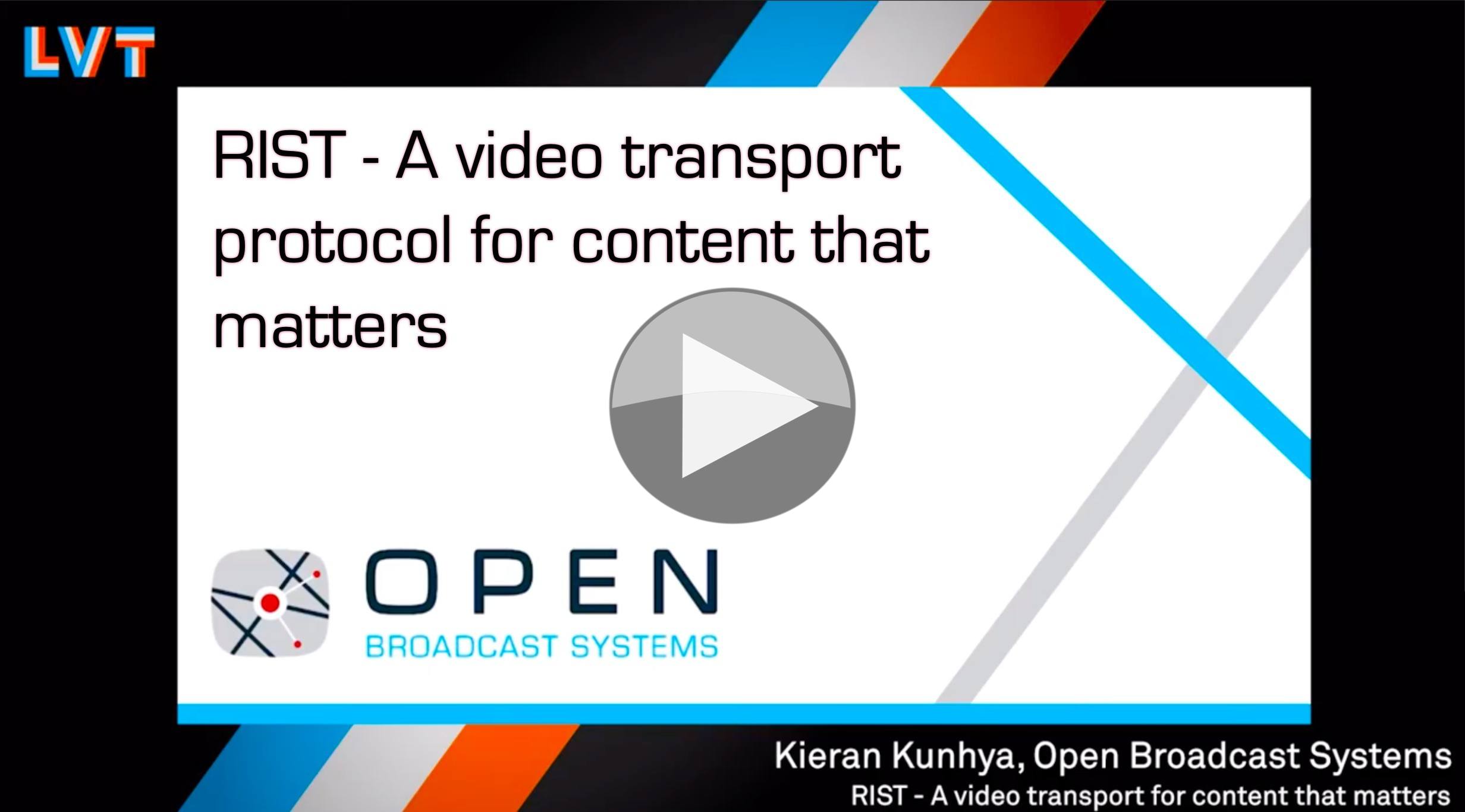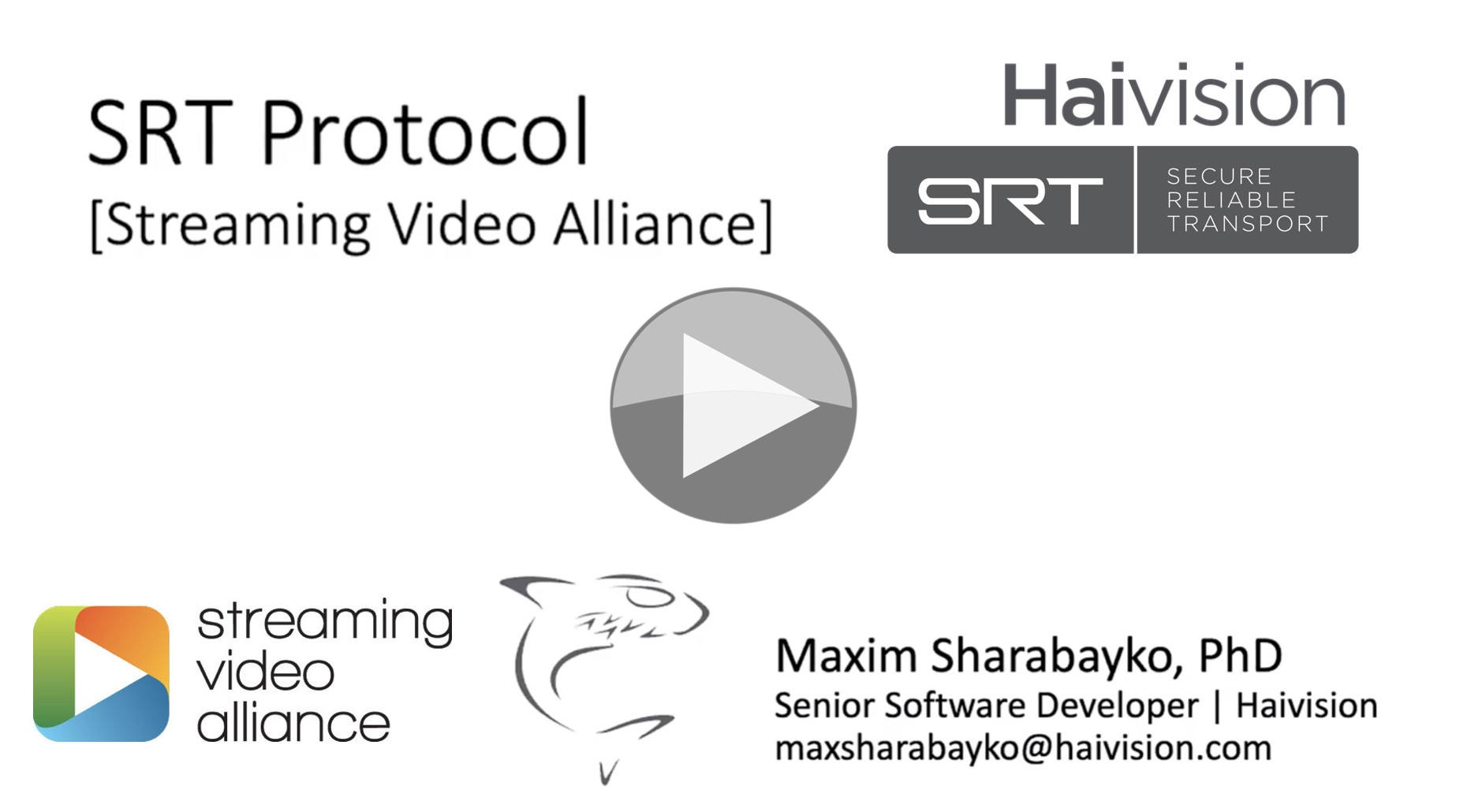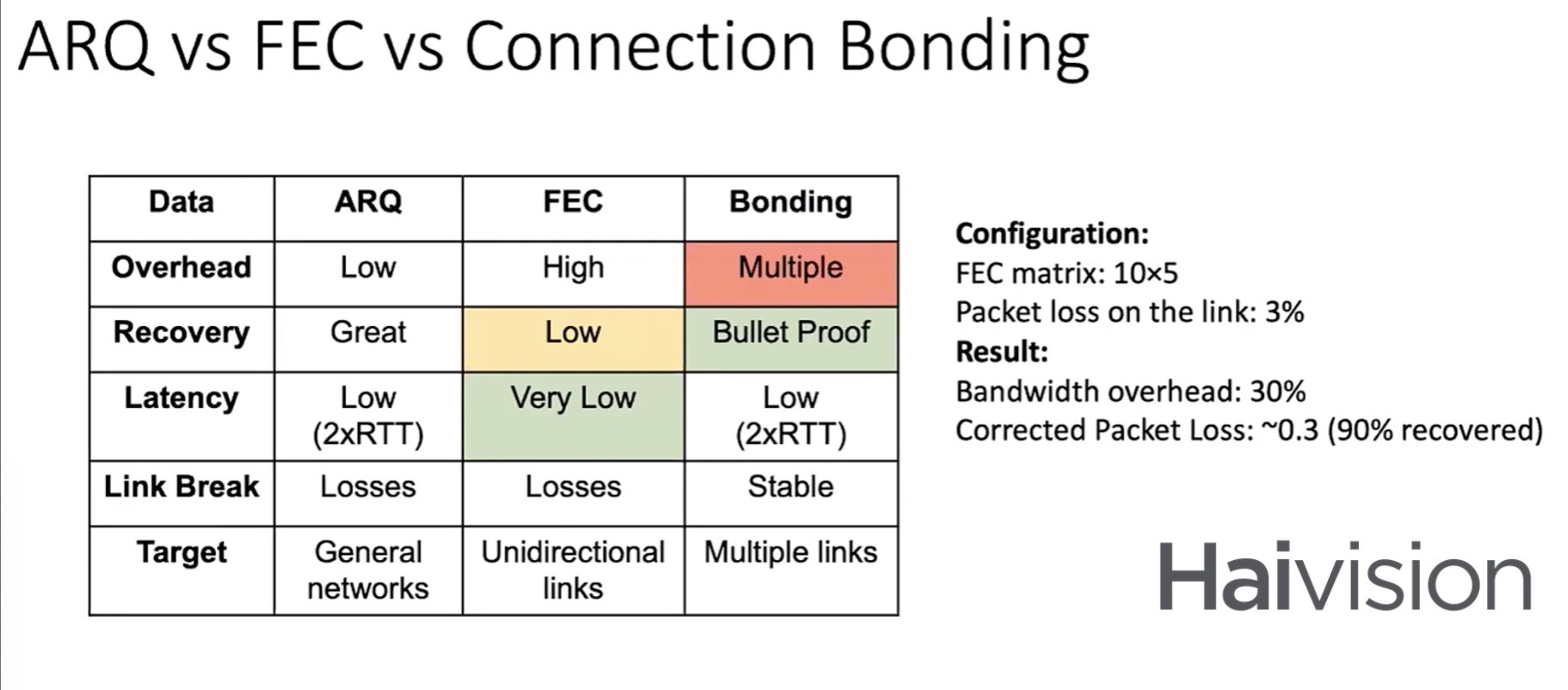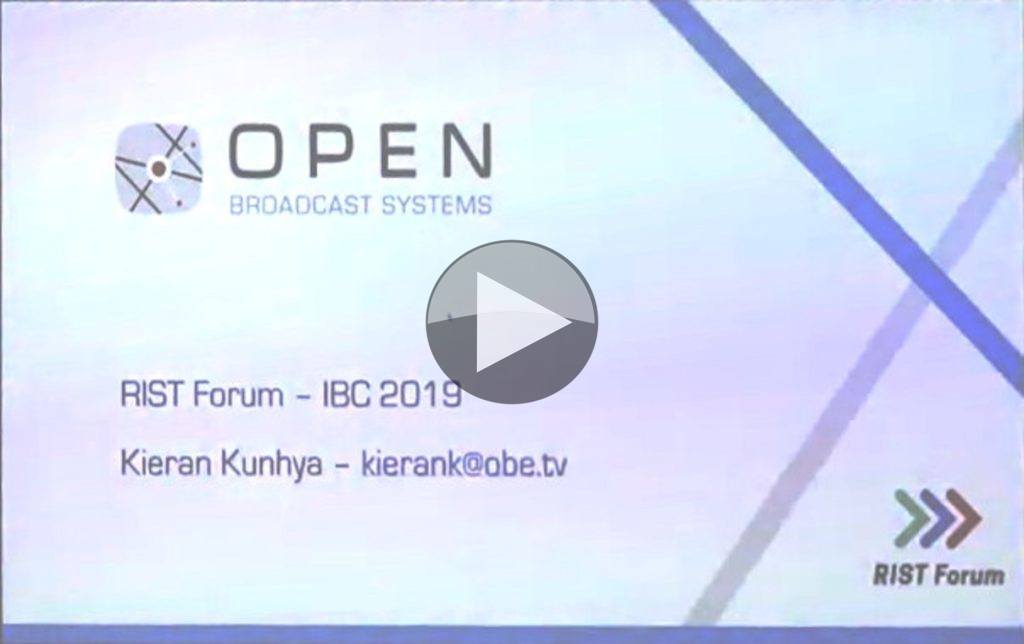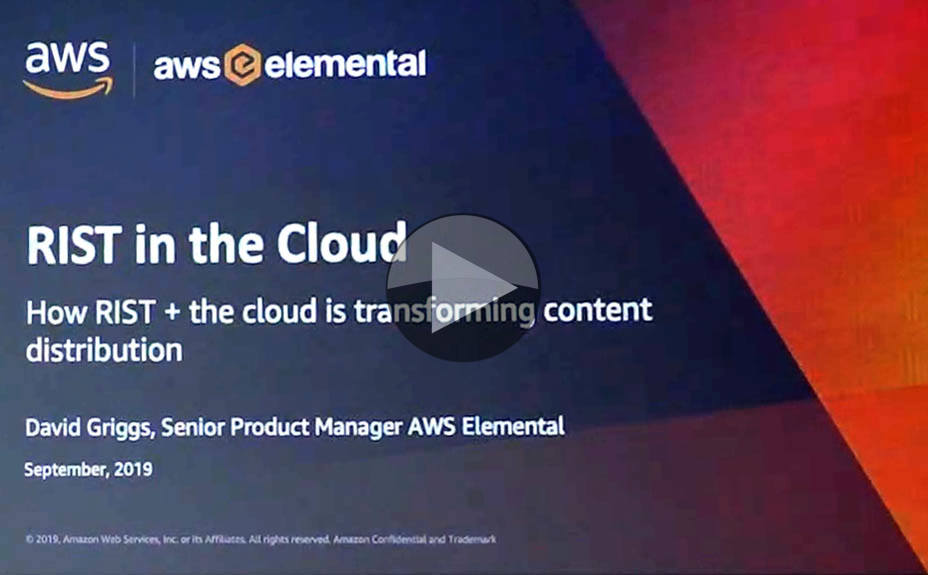What is RIST and why’s it useful? The Reliable Internet Stream Protocol was seeing as strong uptake by broadcasters and other users wanting to use the internet to get their video from A to B over the internet even before the pandemic hit.
Kieran Kunhya from Open Broadcast Systems explains what RIST is trying to do. It comes from a history of expensive links between businesses, with fixed lines or satellite and recognises the increased use of cloud. With cloud computing increasingly forming a key part of many companies’ workflows, media needs to be sent over the internet to get into the workflow. Cloud technology, he explains, allows broadcasters to get away from the traditional on-prem model where systems need to be created to handle peak workload meaning there could be a lot of underutilised equipment.
Whilst the inclination to use the internet seems only too natural given this backdrop, RIST exists to fix the problems that the internet brings with it. It’s not controversial to say that it loses packets and adds jitter to signals. On top of that, using common file transfer technologies like HTTP on TCP leaves you susceptible to drops and variable latency. For broadcasters, it’s also important to know what your latency will be, and know it won’t change. This isn’t something that typical TCP-based technologies offer. On top of solving these problems, RIST also sets out to provide an authenticated, encrypted link.
Ways of doing this have been done before, with Zixi and VideoFlow being two examples that Kieran cites. RIST was created in order to allow interoperability between equipment in a vendor-neutral way. To underline it’s open nature, Kieran shows a table of the IETF RFCs used as part of the protocol.
RIST has two groups of features, those in the ‘Simple Profile’ such as use of RTP, packet loss recovery, bonding and hitless switching. Whereas the ‘Main Profile’ adds on top of that tunnelling (including the ability to choose which direction you set up your connection), encryption, authentication and null packets removal. Both of these are available as published specifications today. A third group of features is being planned under the ‘enhanced profile’ to be released around the beginning of Q2 2021.
Kieran discusses real-world proof points such as a 10-month link which had lost zero packets, though had needed to correct for millions of lost packets. He discusses deployments and moves on to SRT. SRT, Secure Reliable Transport, is a very popular technology which achieves a lot of what RIST does. Although it is an open-source project, it is controlled by one vendor, Haivision. It’s easy to use and has seen very wide deployment and it has done much to educate the market so people understand why they need a protocol such as RIST and SRT so has left a thirst in the market. Kieran sees benefit in RIST having brought together a whole range of industry experts, including Haivision, to develop this protocol and that it already has multipath support, unlike SRT. Furthermore, at 15% packet loss, SRT doesn’t work effectively whereas RIST can achieve full effectiveness with 40% packet loss, as long as you have enough bandwidth for a 200% overhead.
Watch now!
Speakers
 |
Kieran Kunhya Director, RIST Forum Founder & CEO, Open Broadcast Systems |

